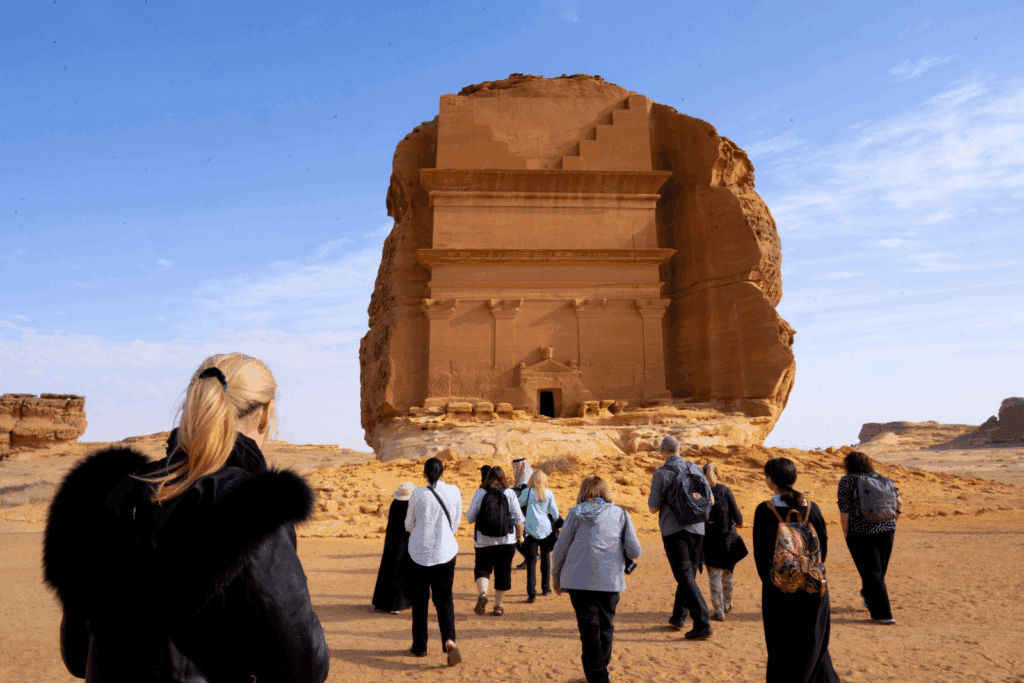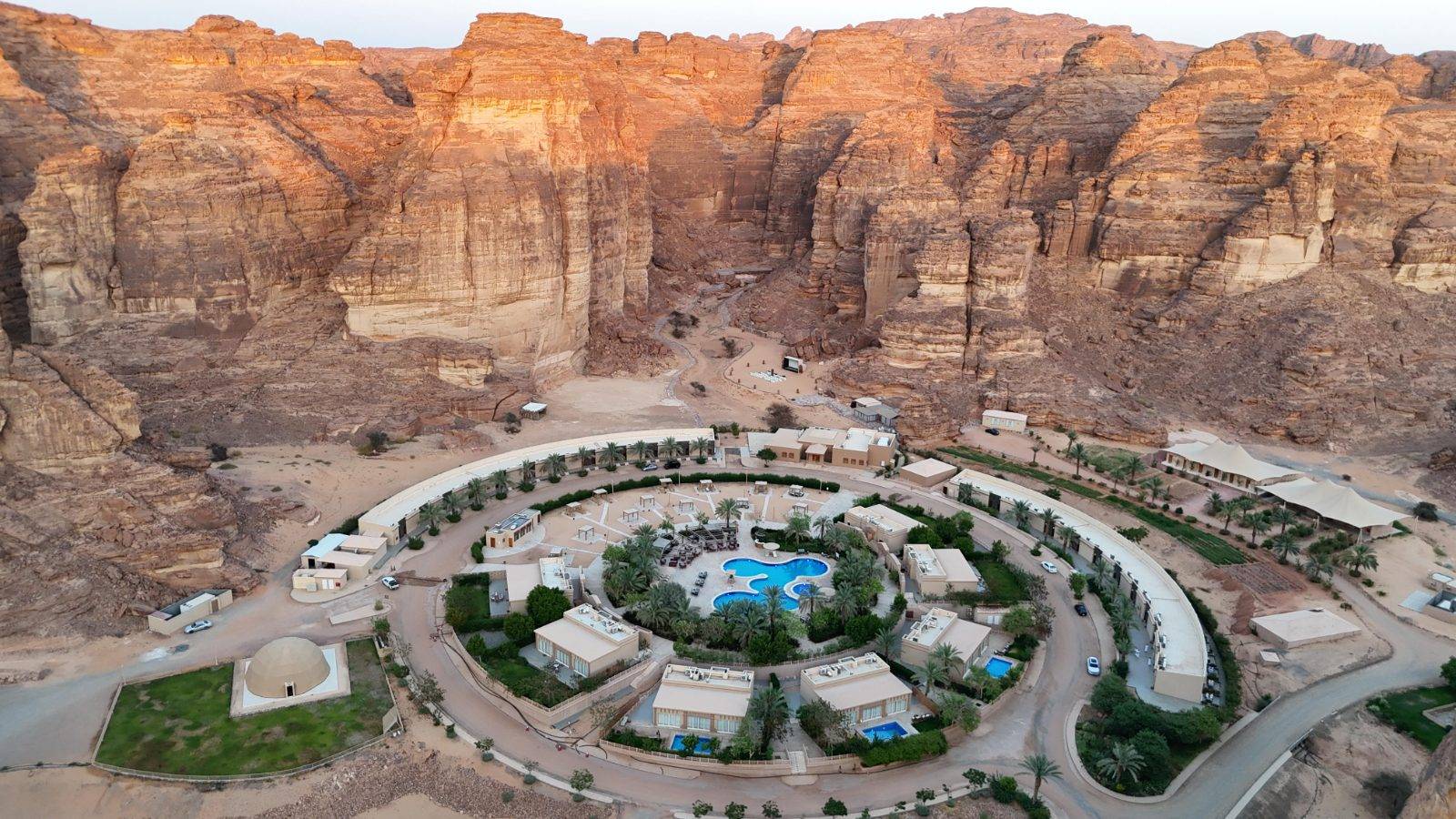Weekend Escapes: Explore Eastern Province of Saudi Arabia Looking for...
Read More
AlUla Itinerary , Your Perfect 3-Day Travel Guide
AlUla, with its serene palm groves, gravity-defying rock formations, and remarkably preserved Nabataean monuments, has become one of Saudi Arabia’s most captivating travel destinations.
This 3-day AlUla itinerary blends heritage, adventure, art, and local culture—offering the perfect balance between discovery and relaxation.






